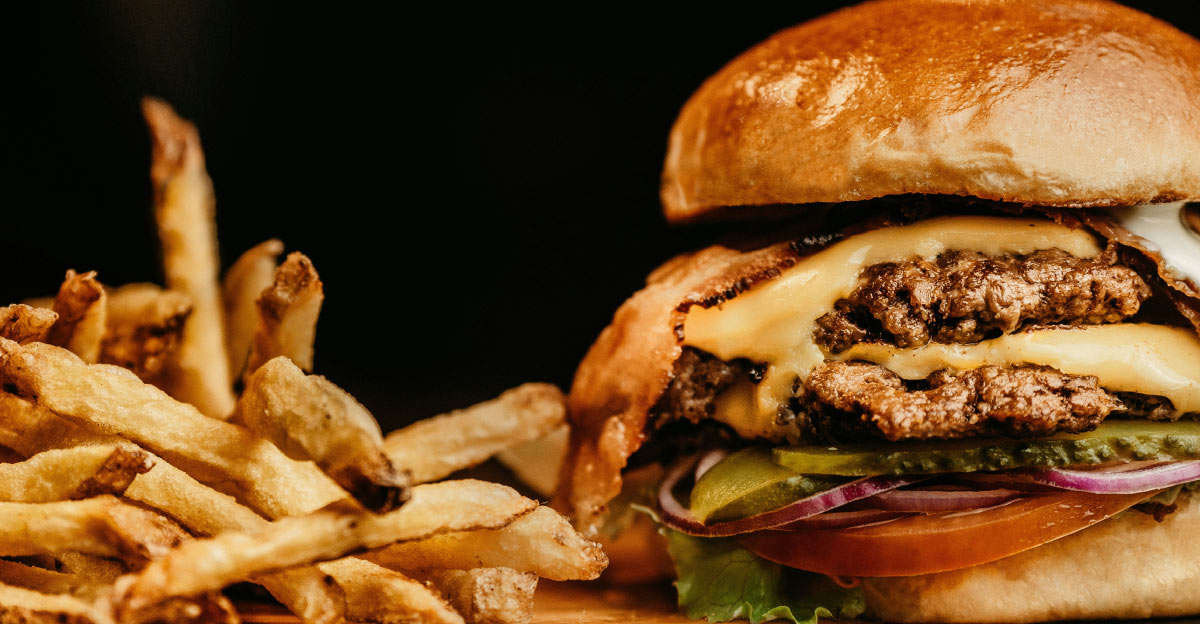Umami is often described as the fifth taste, alongside sweet, sour, salty, and bitter. Discovered by Japanese chemist Kikunae Ikeda in the early 20th century, umami has since become a recognized and integral component of the culinary world. The term “umami” itself is derived from the Japanese words “umai,” meaning delicious, and “mi,” meaning taste. This flavor is characterized by its savory, rich, and mouthwatering qualities, adding depth and complexity to various dishes.
Umami has been found to have a unique impact on taste perception. It is known to enhance the overall palatability of dishes, making them more enjoyable. The combination of umami with other taste sensations, such as sweetness or saltiness, can create a balanced and harmonious flavor profile. This synergistic effect is often leveraged by chefs to create well-rounded and satisfying meals. Umami taste perception is closely associated with the presence of glutamate, a type of amino acid. Glutamate is naturally present in many foods, and it is responsible for the savory and satisfying sensation we experience when consuming umami-rich dishes. In addition to glutamate, inosinate, and guanylate are other compounds that contribute to the umami taste.

Umami is prevalent in a variety of foods, both of plant and animal origin. Some of the most common natural sources include:
- Meat: Particularly red meat and cured meats.
- Fish: Certain types of fish, such as tuna and mackerel, are rich in umami.
- Cheese: Aged cheeses like parmesan and cheddar are known for their umami flavor.
- Tomatoes: Especially when cooked or sun-dried, tomatoes exhibit a strong umami taste.
- Mushrooms: Various types of mushrooms, such as shiitake and porcini, are rich in umami compounds.
- Soy Sauce: Fermented soy products like soy sauce are staples in umami-rich cuisines.
- Seaweed: Often used in Asian cuisine, seaweed is a source of umami, especially in the form of dashi broth.
Umami plays a crucial role in enhancing the overall flavor profile of dishes. Chefs often use umami-rich ingredients or techniques to elevate the taste of their creations. Some common culinary applications include:
- Broths and Stocks: The foundation of many soups and sauces, broths and stocks made from umami-rich ingredients contribute depth and complexity.
- Fermented Foods: Fermentation processes, such as those involved in making soy sauce or miso, intensify umami flavors.
- Aged and Cured Foods: Aging and curing processes, as seen in cheeses and cured meats, concentrate umami compounds.
- Combining Umami Sources: Skillful pairing of umami-rich ingredients can create synergies that enhance the overall taste of a dish.
While the term “umami” originated in Japan, the concept is not limited to Japanese cuisine. Umami is a fundamental aspect of various culinary traditions around the world. Some examples include:
- Italian Cuisine: Parmesan cheese, tomatoes, and cured meats contribute umami to classic Italian dishes.
- Chinese Cuisine: Soy sauce, fermented black beans, and various broths are common sources of umami in Chinese cooking.
- French Cuisine: Rich stocks, sauces like demi-glace, and aged cheeses play a significant role in imparting umami in French dishes.
- Spanish Cuisine: Tomato-based soups and sofrito sauces, Jamón Ibérico, seafood, and spices like paprika and saffron are a few examples of umami presence in Spanish cuisine.
Umami itself does not have negative health implications and is a natural part of many nutritious foods. However, the overall health impact of umami-rich foods depends on the context of one’s diet. For example, a diet high in processed and salty umami sources may contribute to excessive sodium intake, which is associated with certain health risks. On the other hand, incorporating umami from whole, minimally processed foods can be part of a balanced and healthy diet. In the same regard, umami is not exclusive to animal products, and plant-based sources can provide this savory taste as well. Ingredients like mushrooms, seaweed, tomatoes, soy products, and nutritional yeast are commonly used in plant-based and vegetarian cooking to enhance umami flavors. This is particularly important in creating satisfying and flavorful meat substitutes. As the understanding of umami and its impact on taste deepens, there is ongoing research and exploration into harnessing umami for various purposes in the food industry.
UMAMI’S ROLE IN FINE DINING ESTABLISHMENTS
In recent years, there has been a growing appreciation for umami at the finest of the culinary world. Chefs and food enthusiasts are experimenting with umami-rich ingredients and techniques to push the boundaries of flavor. Molecular gastronomy, for instance, explores innovative ways to intensify and present umami in dishes:
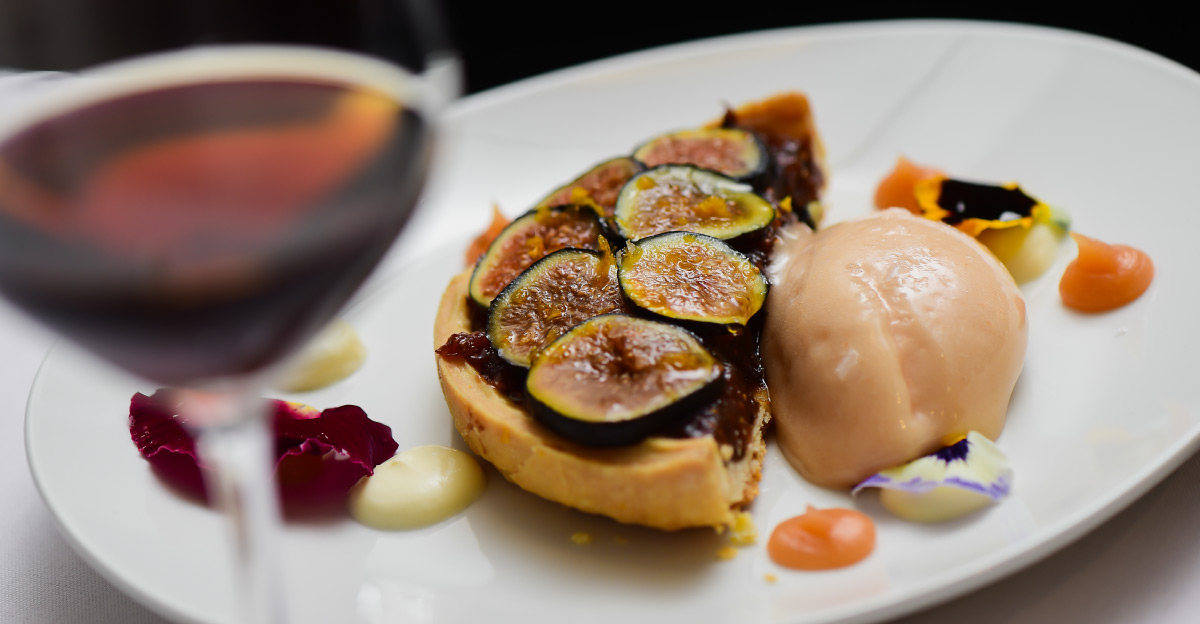
Chef Ferran Adrià, renowned for his groundbreaking culinary innovations at elBulli restaurant (*)made significant contributions to the exploration and understanding of umami in haute cuisine. elBulli, located in Catalonia, Spain, was many times regarded as the world’s best restaurant during its tenure, and Adrià’s avant-garde approach to cooking deeply revolutionized the global gastronomic landscape. Adrià’s culinary philosophy centered on pushing the boundaries of taste, texture, and presentation. He meticulously selected and manipulated ingredients to evoke new sensory experiences, often incorporating umami-rich elements to enhance flavor complexity. For decades, the restaurant employed various techniques to intensify and amplify flavor in its dishes such as fermentation and aging, textural innovations (spherification, foams, gels…), or dish deconstructions. This involved utilizing a long list of ingredients like tomatoes, mushrooms, miso, seafood, cured meats, and aged cheeses, to name a few, all of which are renowned for their umami content. Chef Ferran Adrià’s relentless pursuit of culinary excellence continues to inspire new generations of chefs to explore the potential of umami and other taste dimensions in their culinary creations.
(*) Let’s not forget, that the elBulli wine list boosted an extensive collection of world-class sherries; each table was offered a glass of fino/manzanilla sherry as an aperitif, and Jerez was the only wine region to ever be paired with the entire thirty-plus course menu.
Chef Heston Blumenthal, a renowned British chef known for his innovative and experimental approach to cooking and the science of taste and flavor perception, has made significant contributions to the culinary world, including his exhaustive exploration of umami. Blumenthal is largely known for his innovative approach to food and wine pairings, often challenging traditional norms and emphasizing the importance of understanding taste and flavor to create exceptional dining experiences. His interest in umami and sherry synergies likely involves assessing how the unique characteristics of sherry wines can complement and enhance the umami profile of various dishes. Blumenthal has also delved into the concept of cross-modal perception, where sensory experiences from one sense can influence another. This approach suggests that the combination of umami-rich flavors and the unique attributes of sherry wines could create a multisensory dining experience that goes beyond the traditional understanding of taste pairings.
UMAMI AND OTHER TOP CHEFS AROUND THE WORLD
- David Chang, Momofuku, New York: “Umami is the backbone of a lot of my favorite dishes. It’s that savory, meaty, mouthwatering flavor that keeps you coming back for more.”
- Massimo Bottura, Osteria Francescana, Modena: “Umami is the taste of memory and tradition. It’s what connects us to our roots and makes food feel like home.”
- Thomas Keller, The French Laundry, Napa Valley: “Umami is the taste of balance and harmony. It’s what brings all the elements of a dish together in perfect synergy.”
- Gordon Ramsay, Gordon Ramsay, London: “Umami is the taste that chefs chase after. It’s what makes their dishes stand out and leave a lasting impression on diners.”
- Michael Anthony, Gramercy Tavern, Chicago: “Umami is a way to make dishes compelling yet keep them restrained. Discovering umami gives us a chance to create dishes that are irresistible even with just a few ingredients.”
- David Kinch, Manresa Restaurant, California: “Umami is an important factor in all my dishes. I’m trying to reduce the fat in what is served at the restaurant, and umami not only makes for healthier food but makes dishes delicious and satisfying.”
- Nobuyuki Matsuhisa, Nobu Restaurant, Tokyo: “What I always keep in mind when using umami in cooking is maintaining a balance with other basic tastes such as sour and sweet to give flavors a well-rounded quality.”
- Pedro Miguel Schiaffino, Malabar Restaurant, Peru: “Umami creates deep taste and harmony. There are a lot of Peruvian ingredients rich in umami, and I love using them in the food at my restaurant.”
- Adam Fleischman, Umami Burger restaurant chain, U.S.: “We come from the prospective of good flavor. Umami is the savory taste, and we add a lot of umami to the burger to give a crave-able quality to the burger.”
UMAMI AND SHERRY WINES
Different theories establish that glutamate is an amino acid that is only perceived when it is in a free state and that this release occurs thanks to processes like fermentation or aging, in such a way that a ‘reserve’ wine will have more umami than a young wine due to that ‘concentration’ effect. Therefore, those more complex wines that have acquired umami in their aging process are better suited for pairing with foods that stimulate that particular taste.

Sherry wines, with their complex and nuanced flavors and amino acid compounds, can indeed contribute to the umami profile of dishes. The interaction between the umami-rich components in food and the distinct characteristics of sherry wines can enhance the overall flavor complexity of a dish. Sherries may well be the ultimate umami pairing wines! Here is why:
UMAMI-ENHANCING POTENTIAL
- Aged Complexity: Sherry wines, especially those that undergo prolonged aging processes, develop a range of complex flavors. These flavors, which may include nuttiness, brininess, and oxidative notes, can contribute to the umami perception in a dish.
- Balancing Acidity: Sherry wines often possess a balanced acidity that can cut through the richness of food. This acidity enhances the overall taste experience and can be particularly effective in balancing the umami-rich components in dishes.
- Versatility in Pairing: The diverse styles of sherry wines make them versatile for pairing with various cuisines. From tapas and seafood to hearty meat dishes, there is always a sherry style that can complement the umami flavors in different types of food.

Prolonged aging processes in sherry wine will lead to a wide range of flavor and textures
TASTING NOTES AND UMAMI COMPONENTS
- Yeast-Derived Flavors: Sherries like Fino and Manzanilla, which undergo flor aging (aging under a layer of yeast), can exhibit yeast-derived flavors such as breadiness and umami-rich notes.
- Aging and Oxidation: Sherries that undergo oxidative aging, like Olorosos, Palo Cortados, and Amontillados, can develop nutty and caramelized flavors, contributing to the overall umami sensation.
- Sweetness and Umami: The sweetness in certain styles, such as PX, can enhance the perception of umami in pairings with desserts or cheeses.
CULINARY APPLICATIONS
- Cooking with Sherry: Incorporating sherry into cooking can add depth and complexity to dishes. The alcohol content in sherry helps extract and enhance flavors, making it a valuable ingredient in marinades, sauces, and reductions.
- Deglazing and Reductions: When used in deglazing pans or creating reductions, sherry can pick up the flavorful residues left behind from cooking meats and vegetables, contributing to the umami base of the sauce.
- Sherry Vinegar: Sherry vinegar, derived from sherry wine, can also be employed to add a tangy and umami-rich element to dressings, sauces, and marinades.
In summary, the diverse styles of sherry wines offer a range of flavors that can contribute to the umami profile of dishes. Whether enjoyed as a pairing or used as an ingredient in cooking, sherry’s complexity and versatility make it a valuable component in creating well-balanced and flavorful culinary experiences.
SOME GLOBAL UMAMI RECIPES PAIRED WITH SHERRY WINES
Below are some notable umami-rich recipes from various culinary traditions that showcase the depth and complexity of this savory flavor. We added a sherry pairing recommendation to each of them for your consideration, have fun!
Japanese Miso Soup:
Miso soup is a classic Japanese dish made with dashi broth (which contains umami-rich ingredients like kombu seaweed and dried bonito flakes), miso paste, tofu, and various vegetables such as green onions and seaweed. It’s a comforting and nourishing dish with a deep umami flavor.
Pair with: Lustau Amontillado del Puerto
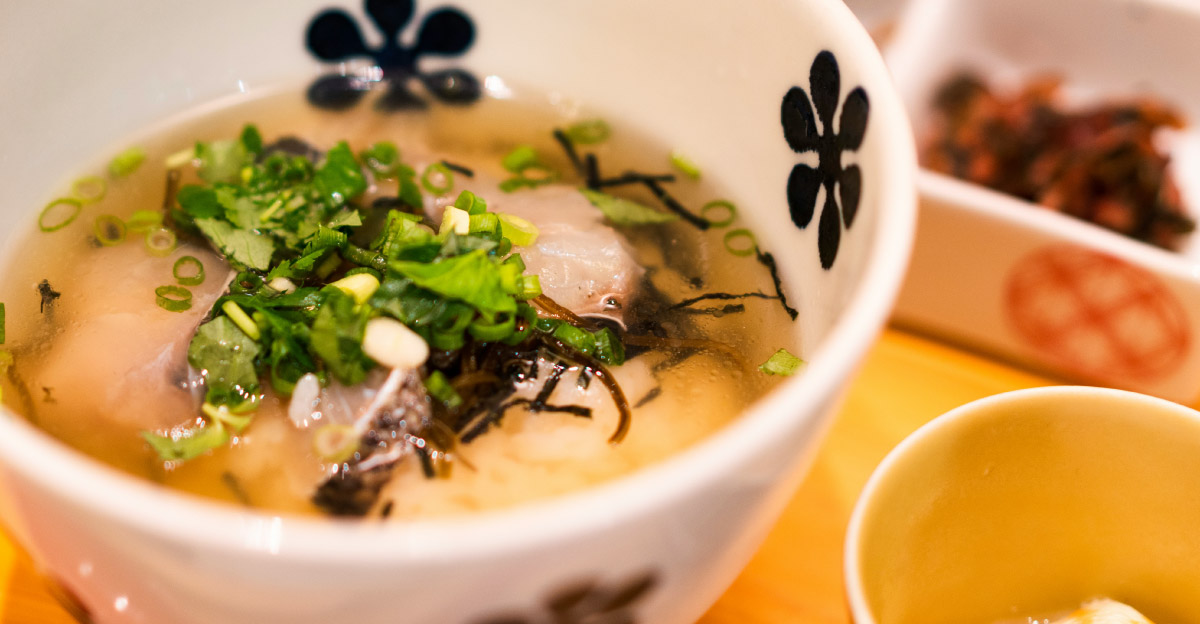
Italian Spaghetti Carbonara:
Spaghetti carbonara is a beloved Italian pasta dish featuring spaghetti tossed with a sauce made from eggs, Pecorino Romano cheese, pancetta or guanciale (cured pork jowl), black pepper, and sometimes garlic. The combination of cured pork, cheese, and black pepper creates a rich and savory umami experience.
Pair with: Lustau Fino de Jerez 3 en Rama
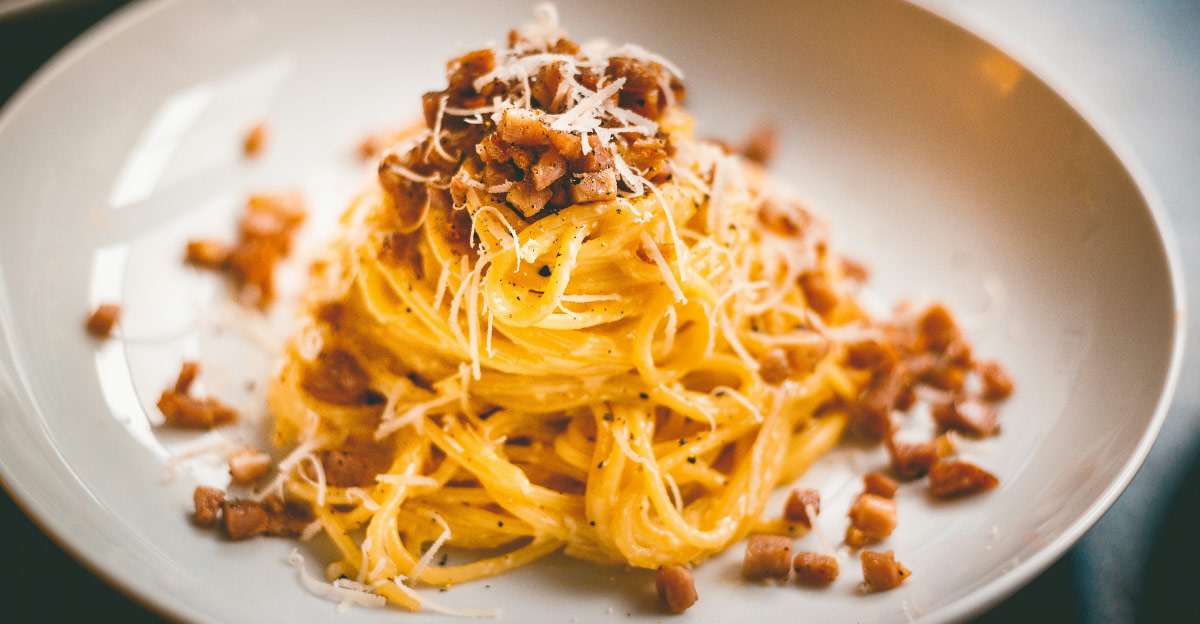
French Beef Bourguignon:
Beef Bourguignon is a classic French stew made with tender beef, mushrooms, carrots, onions, garlic, and herbs, cooked in red wine until the flavors meld together. The slow cooking process enhances the umami-rich flavors of the beef, mushrooms, and wine, resulting in a hearty and deeply satisfying dish.
Pair with: Lustau Oloroso Emperatriz Eugenia
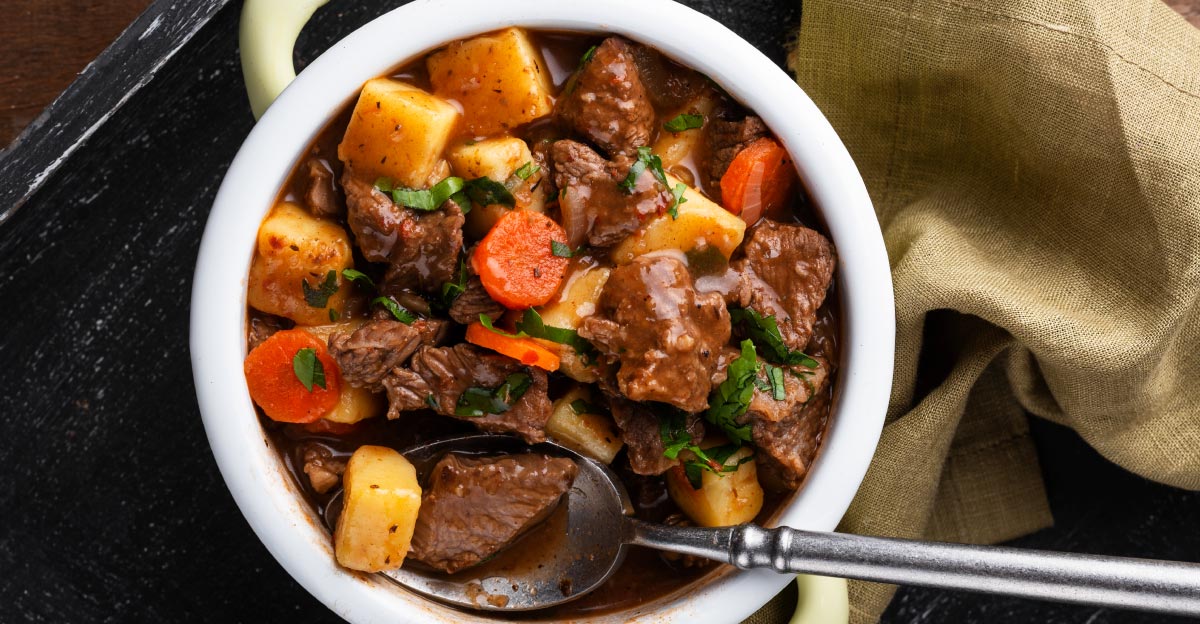
Korean Kimchi Jjigae:
Kimchi jjigae is a Korean stew made with kimchi (fermented cabbage), pork, tofu, onions, garlic, and gochujang (Korean chili paste). The fermentation process of kimchi creates intense umami flavors, while the addition of pork and gochujang adds depth and complexity to the stew.
Pair with: Lustau 125 Manzanilla Pasada
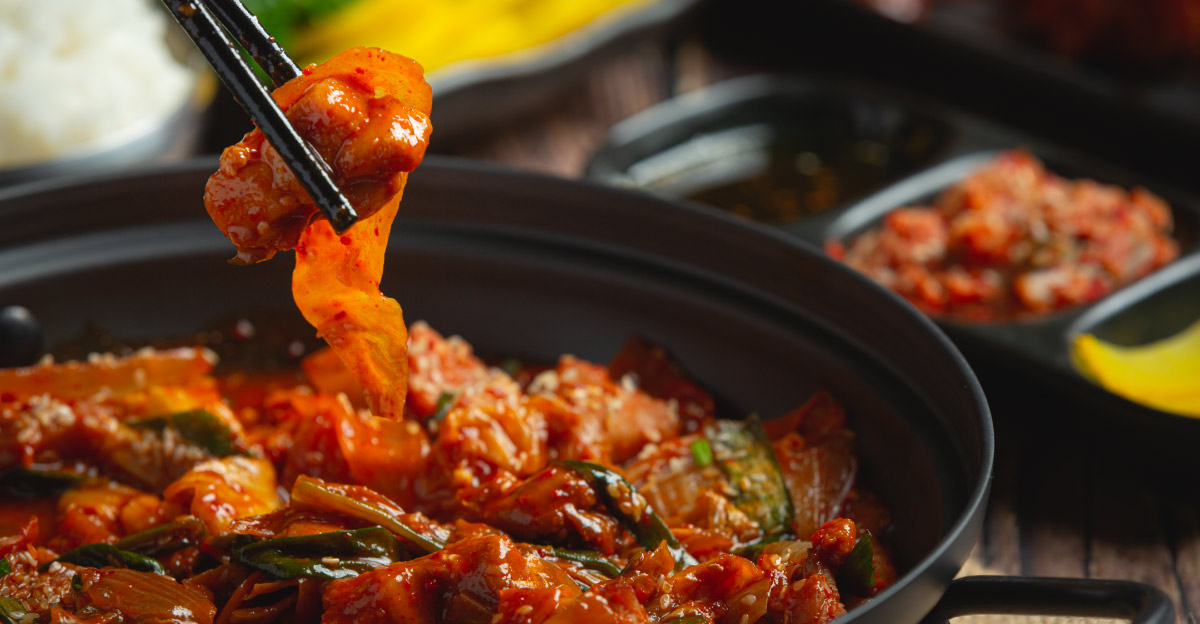
Spanish Paella:
Paella is a traditional Spanish rice dish cooked with saffron-infused broth, seafood (such as shrimp, mussels, and squid), chorizo, chicken, and vegetables like tomatoes, onions, and bell peppers. The combination of seafood, meats, and aromatic spices creates a flavorful and umami-rich one-pot meal.
Pair with: Lustau Amontillado de Sanlúcar
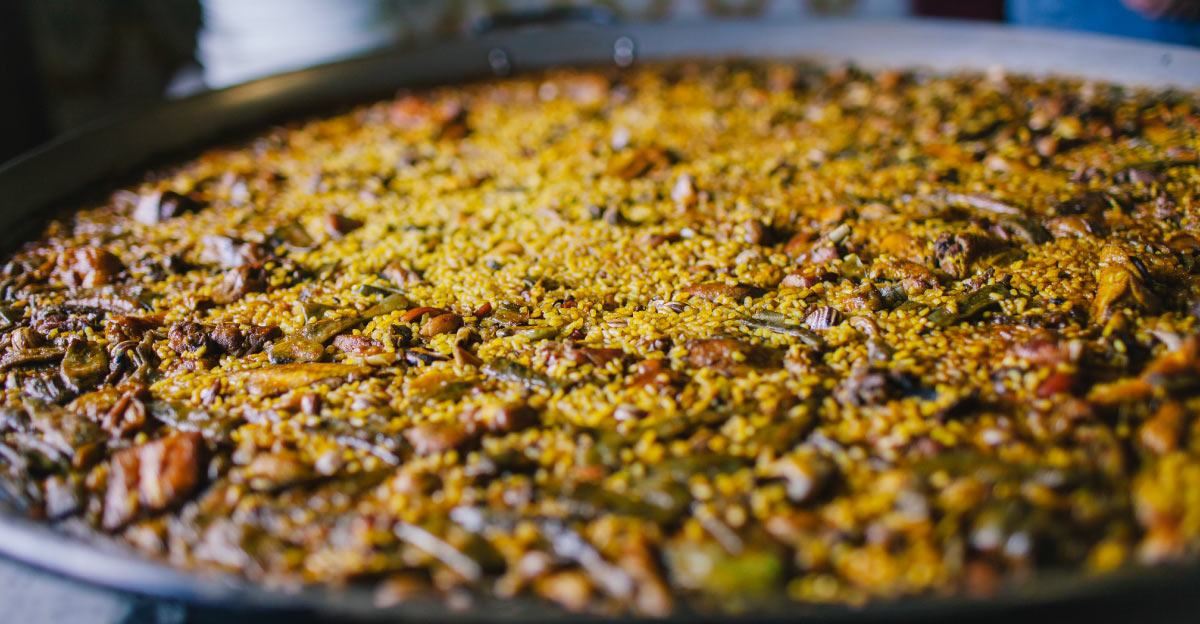
Thai Green Curry:
Thai green curry is a fragrant and spicy dish made with green curry paste, coconut milk, chicken or shrimp, Thai eggplant, bamboo shoots, and Thai basil. The combination of aromatic herbs and spices, along with the creamy coconut milk, creates a harmonious blend of umami and heat.
Pair with: Lustau Palo Cortado Península
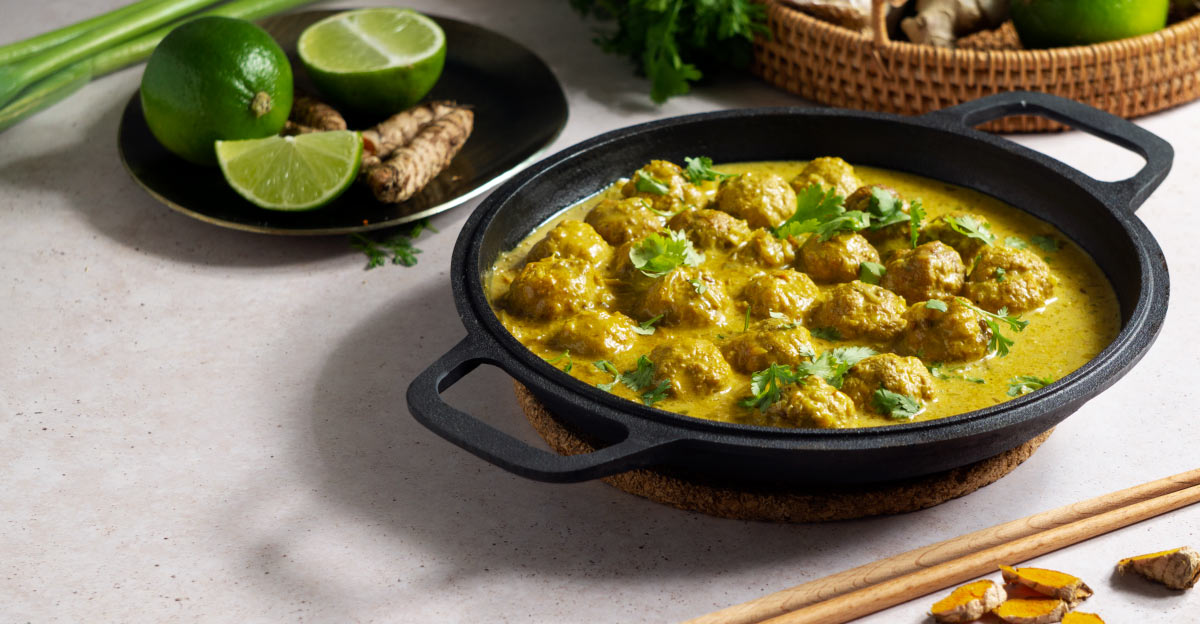
American Cheeseburger:
A classic cheeseburger features a juicy beef patty topped with melted cheese, lettuce, tomato, pickles, onions, and condiments like ketchup and mustard, all sandwiched between a soft bun. The combination of savory beef, melted cheese, and tangy condiments creates a crave-worthy umami bomb.
Pair with: Lustau Oloroso Pata de Gallina
